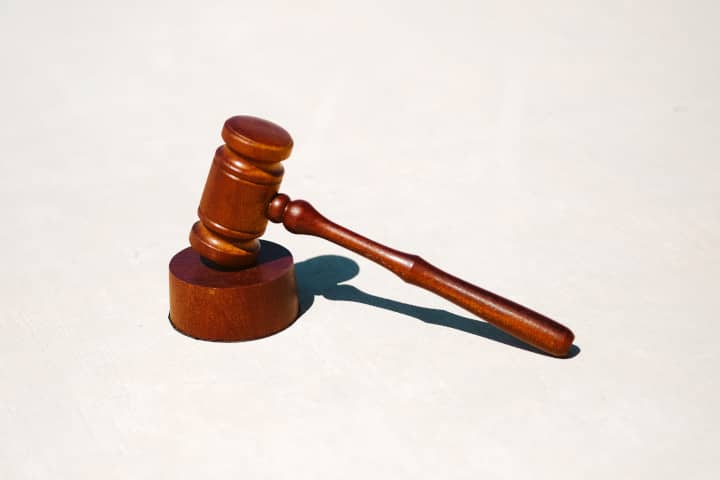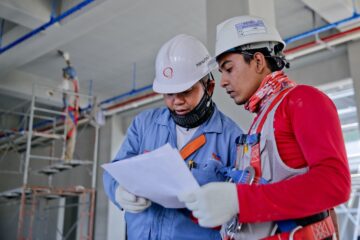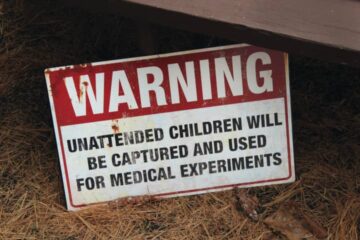When talking about work health and safety in Australia you will often hear the term ‘reasonably practicable’. The legislation uses it, workplace inspectors use it and your WHS advisor will use it when explaining what has to be done to keep things safe around the workplace.
What does reasonably practicable mean?

It’s easy enough to check a dictionary or Google to find out the definition, but what does it actually mean when considering the realities of getting the job done?
Basically it means that when considering all known factors and relevant factors, everything possible was done to ensure the health and safety of anyone who may be affected by the work.
What factors are considered for reasonably practicable?
Factors include:
- Whether an event is likely to occur
- If an event is likely to occur what the outcomes may be
- If a person would reasonably be able to foresee an event occurring
- If a person would reasonably know how to prevent or reduce the likelihood of an event occurring
- The availability of control and prevention measures
- The cost associated with control and prevention measures and whether it is disproportional to the likelihood of an event occurring
- The time needed to implement the control and prevention measure.
What does reasonably practicable mean for PCBUs?
For a PCBU (Person Conducting a Business or Undertaking) it means that they have to take into account all of the potential risks that could happen in their workplace and do everything that is reasonably practicable to prevent them from happening. This includes looking at all of the possible control measures and deciding which ones are appropriate for their workplace
Cost is always going to be a factor when making decisions about workplace safety, but it shouldn’t be the only factor. The cost of a control measure should not be disproportionate to the risk that it is controlling
For example, if there is a very low risk of something happening and the control measure would be very expensive, it might not be reasonably practicable to implement that measure. However, if the risk is high and the control measure is not too costly, then it should be implemented.
When making decisions about what is reasonably practicable, employers and business owners should consult with workers and health and safety representatives. They should also consider any relevant codes of practice .
Codes of practice provide practical guidance on how to comply with the health and safety duties in the relevant legislation. They are not law, but if you follow them it is evidence that you are taking reasonable steps to comply with the law.
If an event occurs at your workplace and you are the PCBU (Person in Control of Business or Undertaking) you may have to provide evidence that you did everything that is reasonably practicable to prevent the event occurring. You will be at risk of heavy fines or even prosecution if you try to claim that you didn’t know. As the saying goes, ignorance is not an excuse against the law.

How do I meet the reasonably practicable rules?
Firstly you must meet all requirements as per the legislation. That includes all paperwork such as safe work method statements and/or safety management plans.
Secondly you must have a reasonable idea of what is going on in your industry and if there are any particular increased risk factors. For instance, you should be informed about product recalls or weather conditions or reoccurring incidents for people in a similar line of work to yourself.
Thirdly, you need to be doing the right thing, and enforcing it in your workplace. There is no point having all the right documentation and rules… and then letting workers do as they please.
Fourthly, you must be able to show that you consulted with workers and relevant health and safety representatives when making decisions about health and safety in the workplace
And lastly, you should also keep records of all training that has been completed by workers. This will show that you have taken steps to educate them about health and safety in the workplace and their obligations under the legislation. Easy ways to do this include having a signin register for toolbox talks and a register for workers who have read the safe work method statement or safety management plan. Regular auditing of the workplace should also be conducted to ensure that all control measures are in place and are being used correctly.
You need to provide evidence that you are doing the right things! If something goes wrong how will you prove to an inspector or a judge that you have a safe workplace if there is no evidence!
So there you have it, a quick guide to what reasonably practicable means when it comes to work health and safety. Remember, when making decisions about workplace safety, always consult with workers and health and safety representatives and consider any relevant codes of practice. Taking all of these steps will go a long way to proving that you have done everything reasonably practicable to prevent incidents in your workplace
By using Safe-R Outcomes documentation and meeting all the minimum requirements as per legislation, you can help ensure you are doing everything that is reasonably practicable to ensure the safety of yourself, your workers and anyone else who may be affected by the work you conduct.
You can be on your way to meeting your obligations in under 5 minutes for less than the cost of an on the spot fine, and much less than the cost of a lawyer if something goes wrong!
How can Safe-R Outcomes help your business?
Our Professional subscriptions contain many essential documents including:
- WHS Management Plans / Safety Manuals
- SWMS (if the job entails high risk tasks)
- a range of SOPs, Registers, Toolbox Talks, Checklists and Policies
These can all be downloaded and are not blank templates, so can be used immediately.
We also provide Induction training to help you on-board new employees and contractors.
As you can see it is all done for you so it makes it nice and simple. You can find out more on the Industries and Professions page.
If you’re concerned about the time commitment and knowledge required to implement the correct documents, procedures and training for forklift safety, Safe-R Outcomes can help. We strive to reduce the time and cost for businesses to implement their legally necessary safety requirements.


